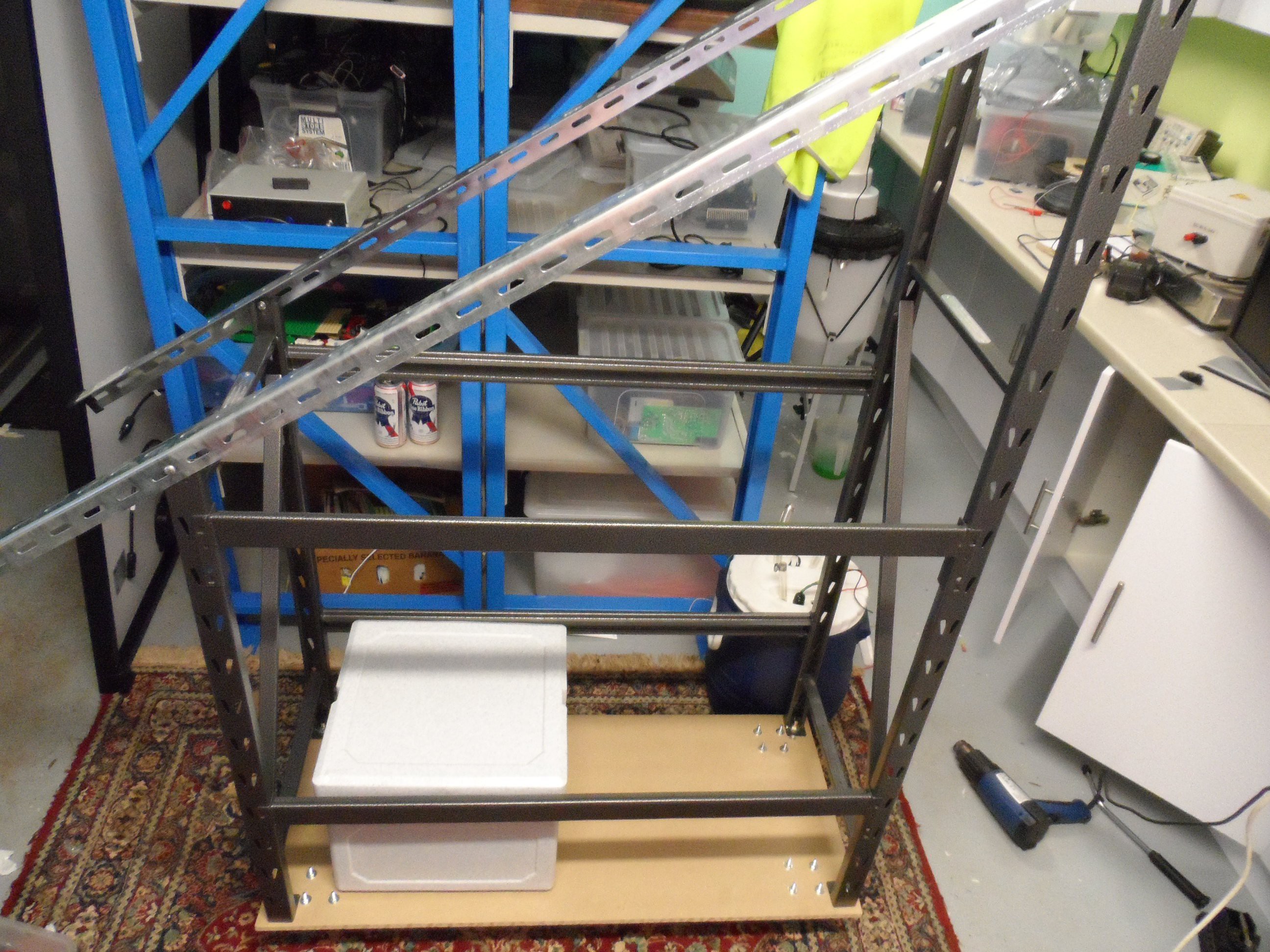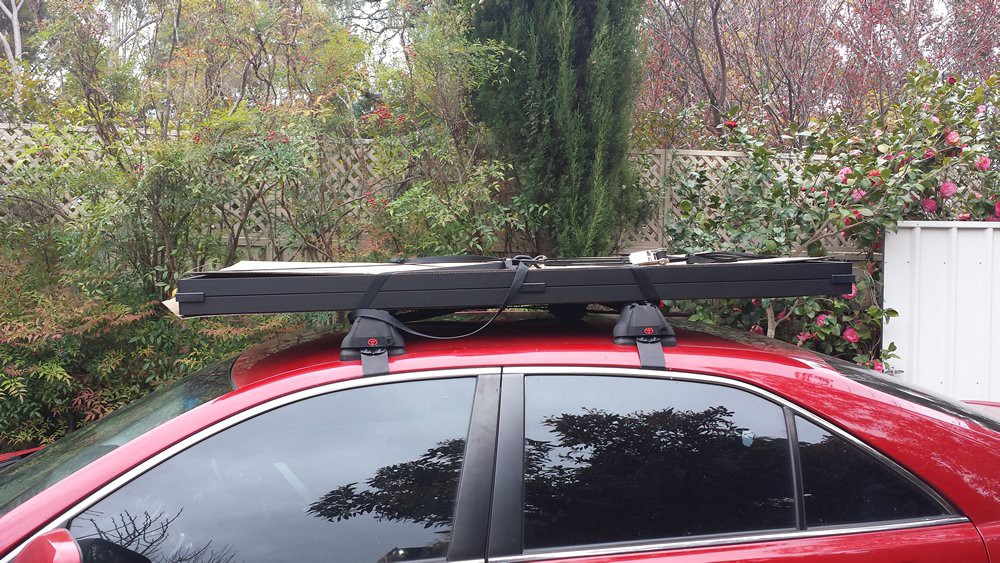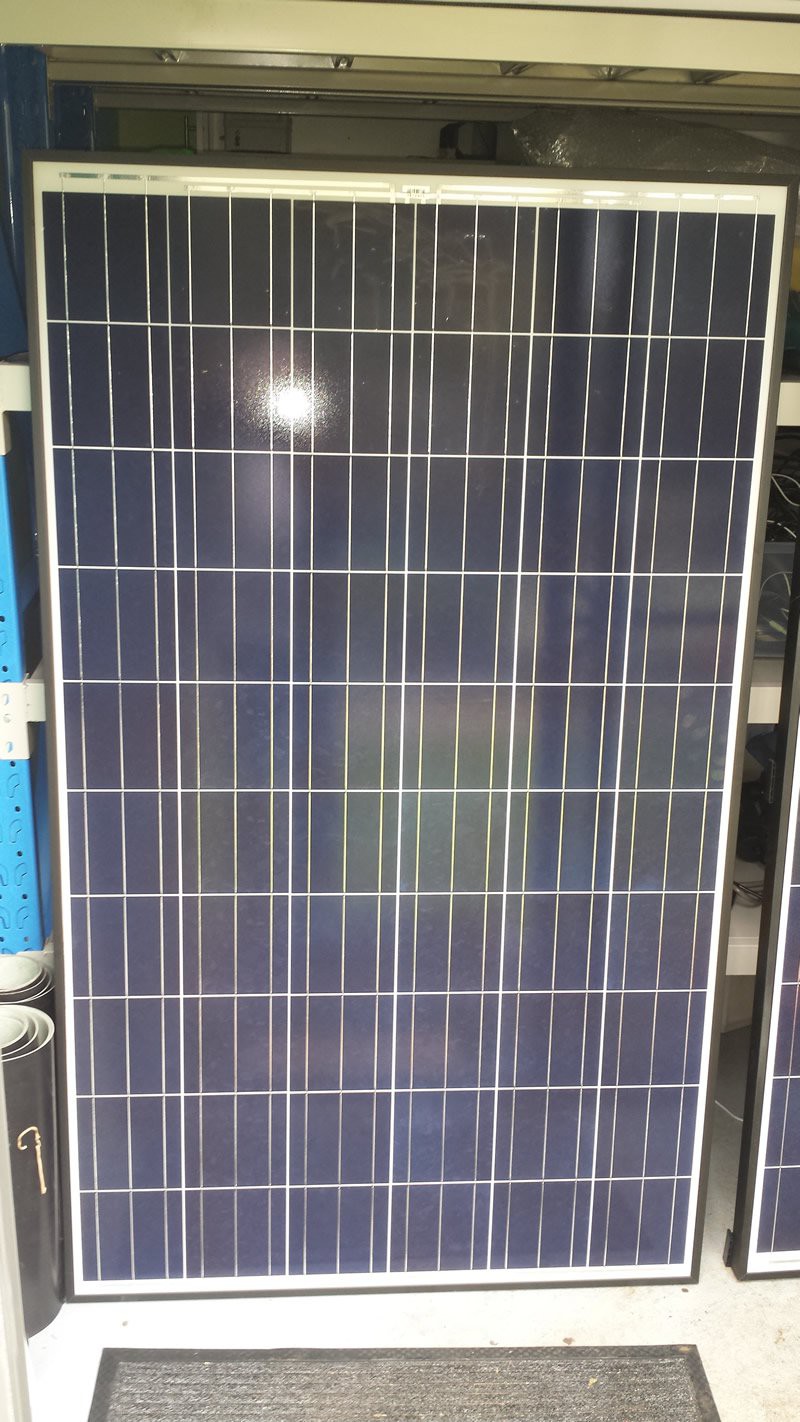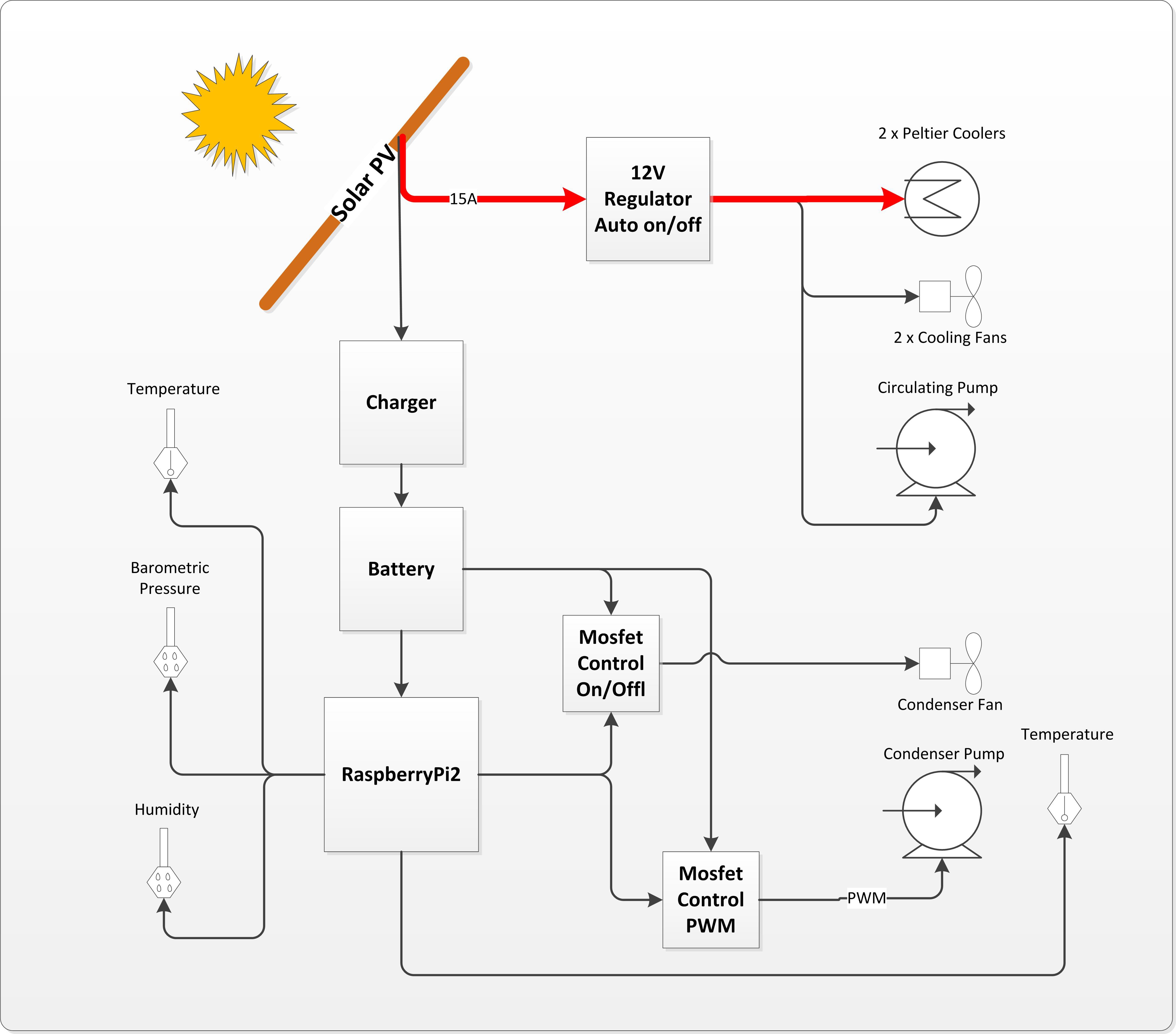-
Conclusion of Project
10/04/2015 at 23:02 • 0 commentsThis was a crude prototype for testing and proof of concept. Which has demonstrated there is significant energy available from a solar panel to cool over 20 litres of liquid well below -4C in less than 6 hours using off-the-shelf peltier coolers. Further that liquids can be stored over 48 hours and used later to dehumidify air when conditions are best and collect water for drinking. Cooling could be significantly improved using a compressor refrigerator unit with better energy efficiency but at a greater cost. Dehumidifying the air could be significantly improved with better vessel and distillation coil design. The system could be scaled up or scaled down. Coolant storage is not required if batteries are used but this also comes at greater cost. The system could be run while the sun shines if sufficient humidity is available and the dehumidifer vessel is appropriately insulated.
-
27th September - Solar Panel Regulators
09/27/2015 at 07:36 • 0 commentsAn off-the-shelf Solar Regulator is primarily designed to put the bulk of power collected from the Solar panel into charging a battery where the load will draw its power. However, in this project I want the bulk energy from the Solar Panel to be used to cool down the coolant. Consequently I have built regulators that take power directly from the solar panel.
As it's important to keep the heat sink on which the Peltier Cells are mounted close to ambient temperature, to get the best efficiency from the Peltier Cells. I'm using a Boost Buck Up/Down Regulator for the cooling fans this means there will keep running a low sunlight levels. This uses a LM2577 3.5V to 40V to Boost Buck Up/Down Regulated 12V 900ma for cooling fans.
The Peltier Cells at 12V consum 5.7 - 6amps and so I am using using 2 x LM2678 in parallel which will provide 15-40V to Buck Down Converter Regulator giving a maximum of 12V at 10A for each Peltier Cells.
![]()
-
Solar Tests - Saturday 19th September
09/19/2015 at 08:38 • 0 commentsVery good results today more than enough power to run the cooler and charge the battery. Also prepared a video for the 2015 Hackaday Prize Semifinals Video. Particularly good as it is spring and the sun isn't at its seasonal peak clear day 21C max.
![]()
3 hours of sunshine got the tank down to 4C with improved tank insulation and storage capacity this is ample for reproducing dew-point conditions in the condenser.
![]()
In preparation of dew collection I've added an insulating coat for the condenser vessel.
My son 10yo is a big fan of the project. Also our dog Alfie.![]()
-
17th September Thursday Evening
09/17/2015 at 10:54 • 0 commentsI'm currently wiring up the new rig and testing cooling systems for a stand alone solar powered test on Saturday as it's expected to be sunny and I want to get some video for my semifinalist entry.
![]()
Cooling system and new storage tank working well 20 Litres of coolant to -1.8C in ~6 hours.
-
Self-contained mobile frame with Solar Pannel
09/13/2015 at 07:35 • 0 commentsThis weekend I assembled some framework to support the Solar Panel to make the project completely self-contained. I also took the opportunity to upgrade the coolant insulated storage tank. The manufacturers claim it can keep ice cold for 3 days.
-
Spring Solar Panel - 12th September 2015
09/11/2015 at 23:21 • 0 commentsMost of my experiments to date have been indoors, as I live in the southern hemisphere and it's been winter, and winter in Adelaide it rains most of the time. It's now spring and the sun starts shining again so I can start the solar power side of this project.
However although it's spring here in Adelaide the weather is at its most variable with beautiful sunny weather one minute, then cloudy and showers the other, this happens multiple times a day. My son Charlie 10yo
![]() Here is the frame that this will be mounted on, including all the equipment.
Here is the frame that this will be mounted on, including all the equipment. -
Solar Panels - 9th September 2015
09/09/2015 at 03:43 • 0 commentsJust picked up 2 new 260W Australian made solar panels directly from the Tindo Solar factory who agree to sell them to me at wholesale for this project.
![]()
Very high quality and very efficient datasheet here: http://www.tindosolar.com.au/product/tindo-karra-260-dc/
![]()
-
Movie Madness -6th September 2015
09/06/2015 at 02:01 • 0 commentsI've been trying to put together a video about this project entry. I have a great admiration for people who produce youtube videos some of my favorites include Veritasium, Applied Science and Vsauce. Although I love making things and talking about it I find this part of the competition the hardest part by far. Here is my first draft, still working on the electronics and solar panel side of the project which I will add to the video.
-
5th September 2015
09/05/2015 at 10:59 • 0 commentsI have order 2 Panels are 260W Vmp is 30.2V and Imp is 8.6A tindo solar who where kind enough to sell these to me at the whole price. I am currntly preparing the Solar Panel Regular, Charger and Mosfet Controllers.
Paul Schulz has join the team and is currently developing some code to run on an arduino for sensors and control. Its Brain will be a Raspberry pi2.
// Digital Inputs const int ctlCoolerPin = 2; const int ctlCoolerFanPin = 3; const int ctlCoolerPumpPin = 4; const int ctlCondenserFanPin = 5; const int ctlCondenserPumpPin = 6; // Outputs const int outCoolerPin = 7; const int outCoolerFanPin = 8; const int outCoolerPumpPin = 9; // PWM const int outCondenserFanPin = 10; // PWM const int outCondenserPumpPin = 11; // PWM const int outStatus1Pin = 12; const int outStatus2Pin = 13; // Analog in const int analog1Pin = 0; const int analog2Pin = 1; const int analog3Pin = 2; const int analog4Pin = 3; const int analog5Pin = 4; const int analog6Pin = 5; -
28th August 2015
08/28/2015 at 04:53 • 0 commentsI'm currently developing the electronics to control the Dew-Point Water Harvester. An area I have identified when experimenting with the basic prototype is that reducing the temperature of the condenser coil far below the dew-point temperature does not automatically equate into an increased rate of water collection. With the additional temperature monitoring of the condenser and a PWM control to the speed (flow rate) of the submersible pump it would be possible to regulate the temperature at the optimum temperature. This will decrease the rate at which coolant is reheated heated and increase the time available to collect dew, consequently more water.
![]()
 Robert Hart
Robert Hart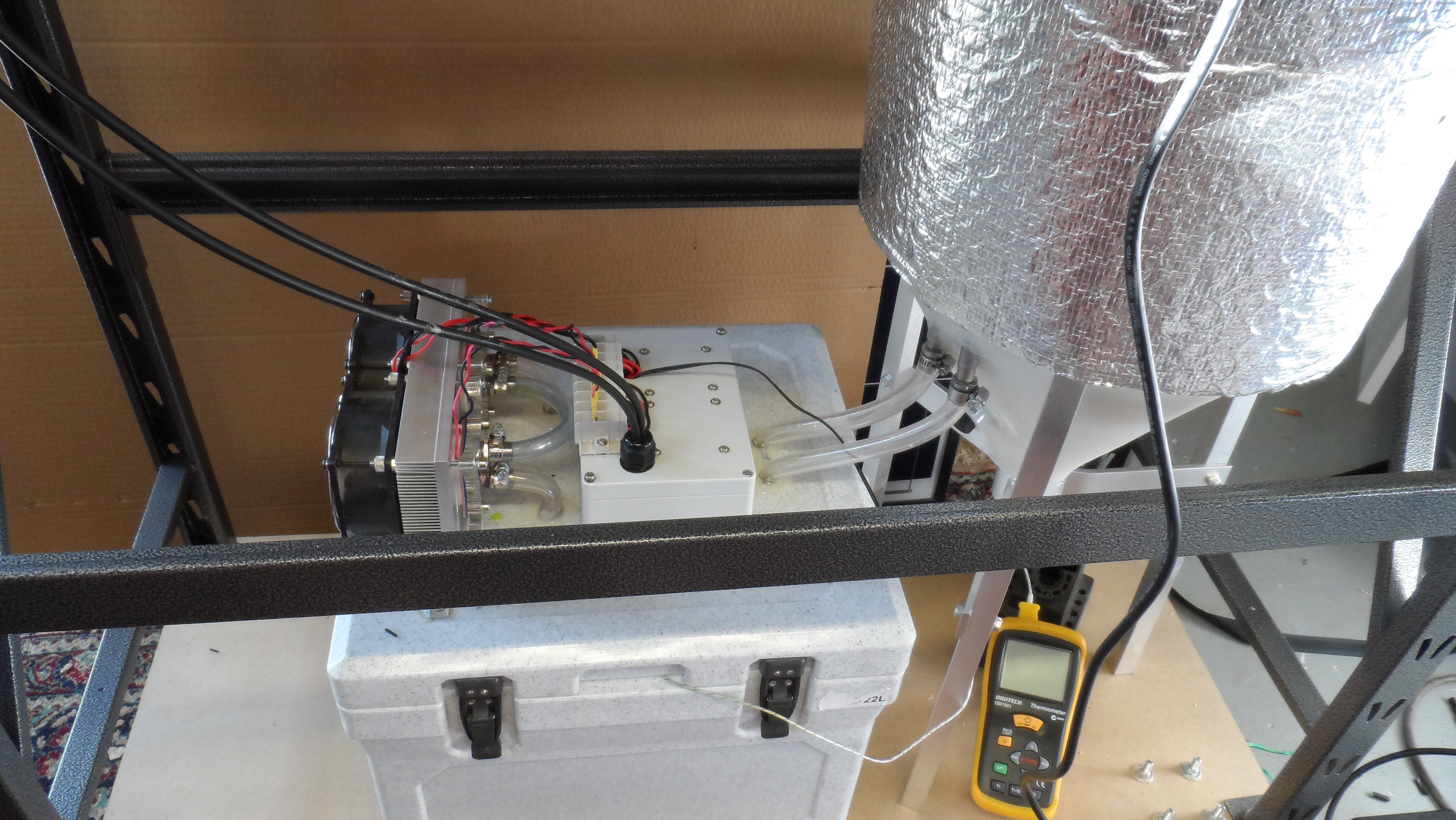
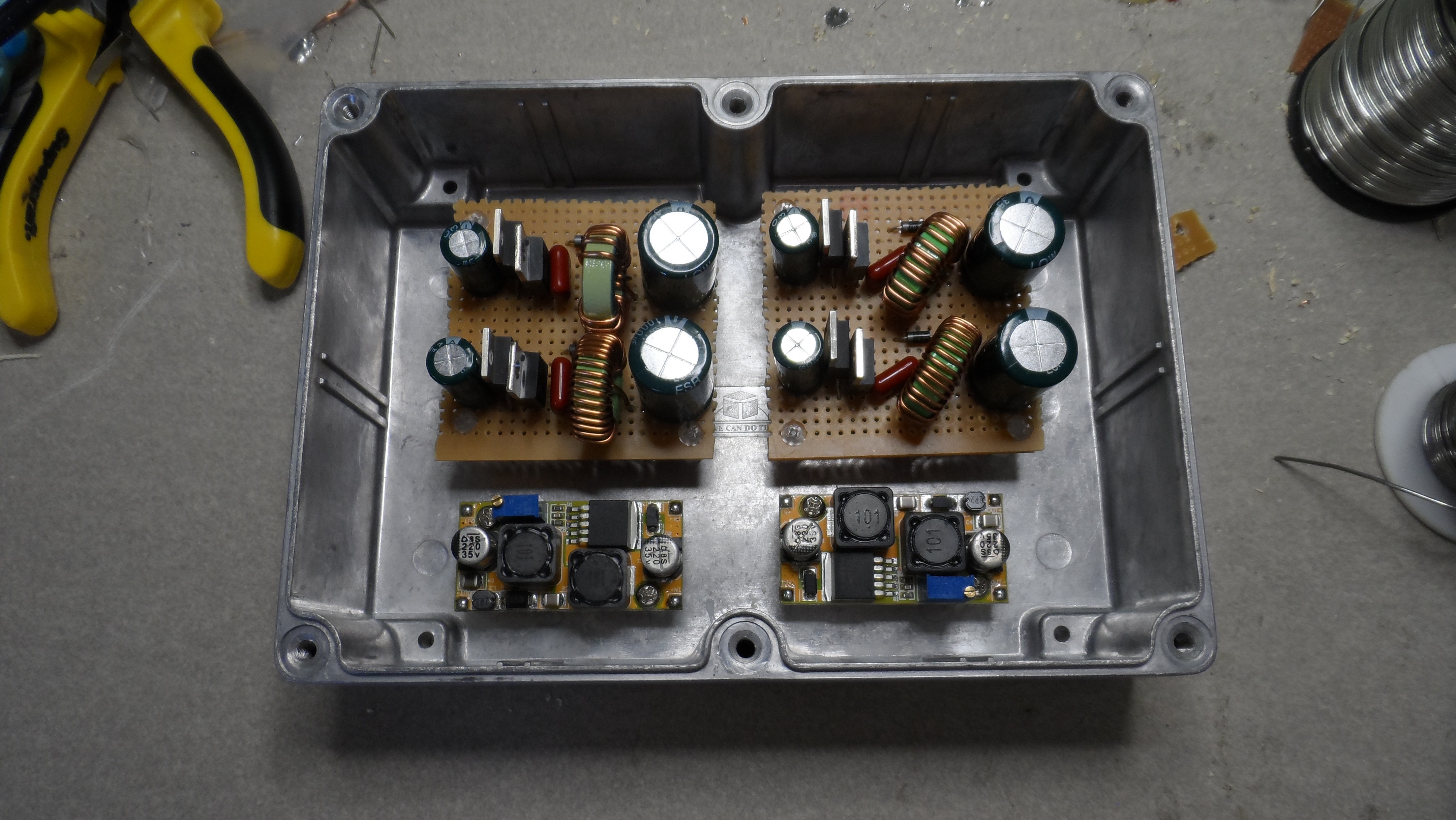
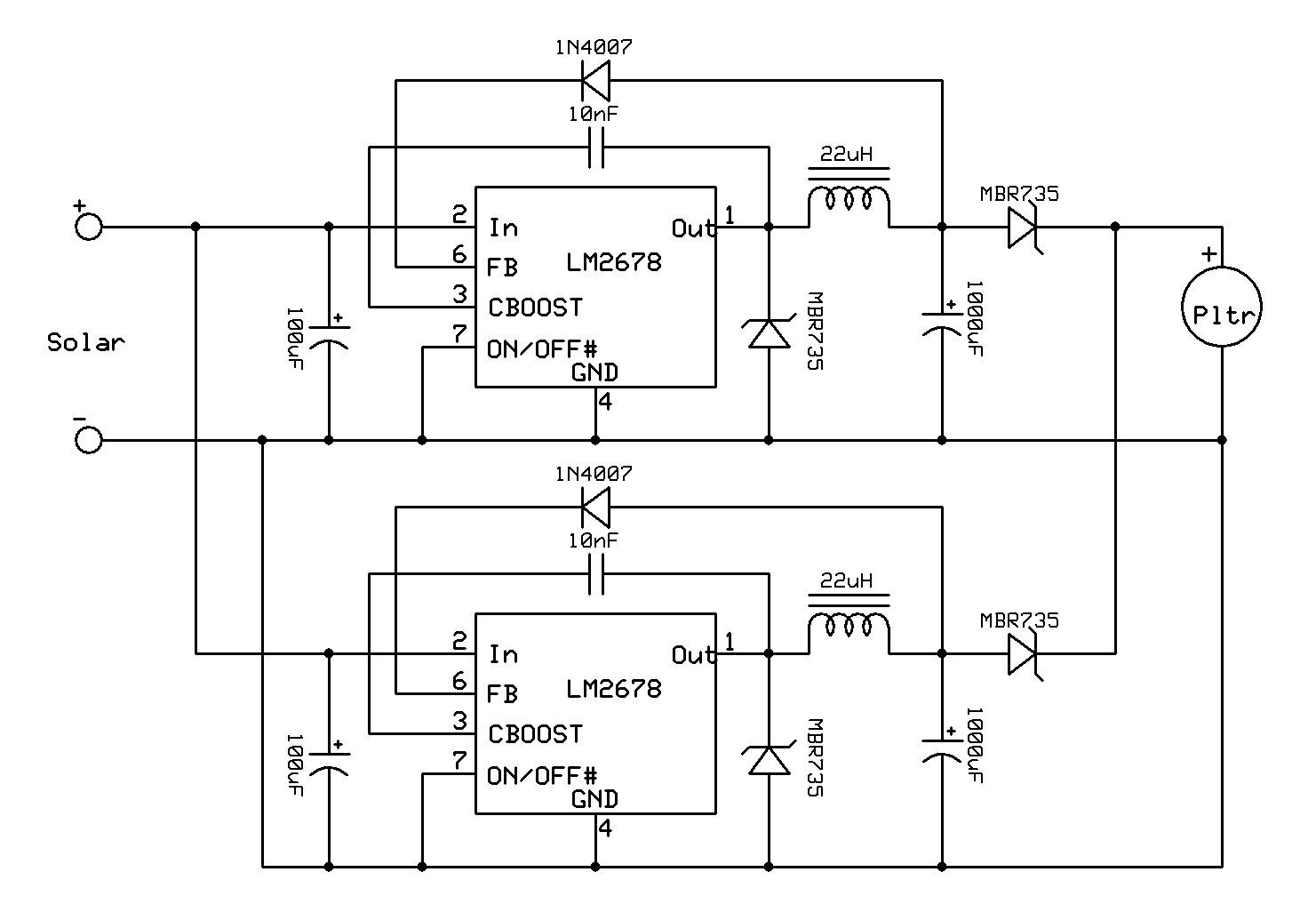
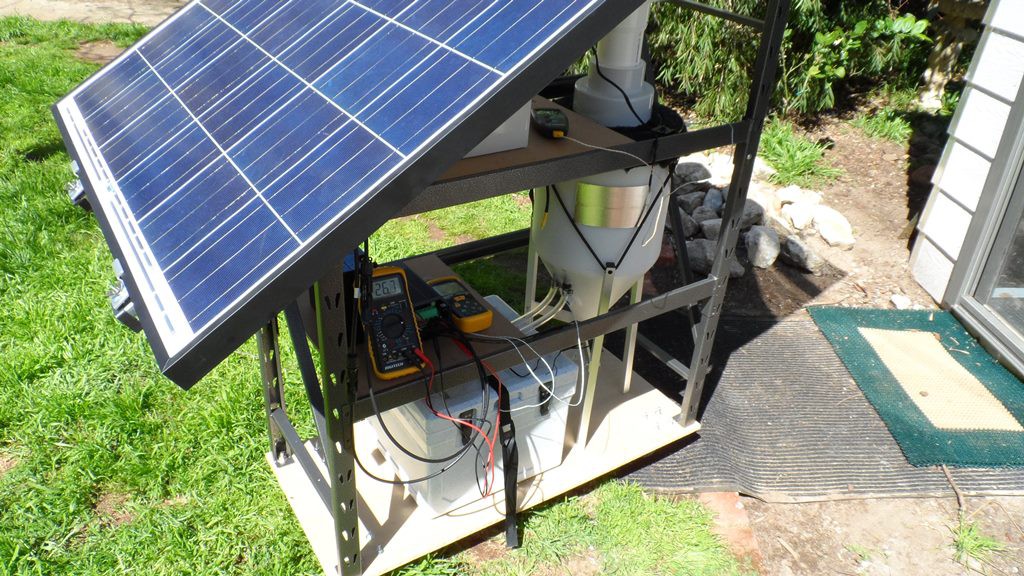
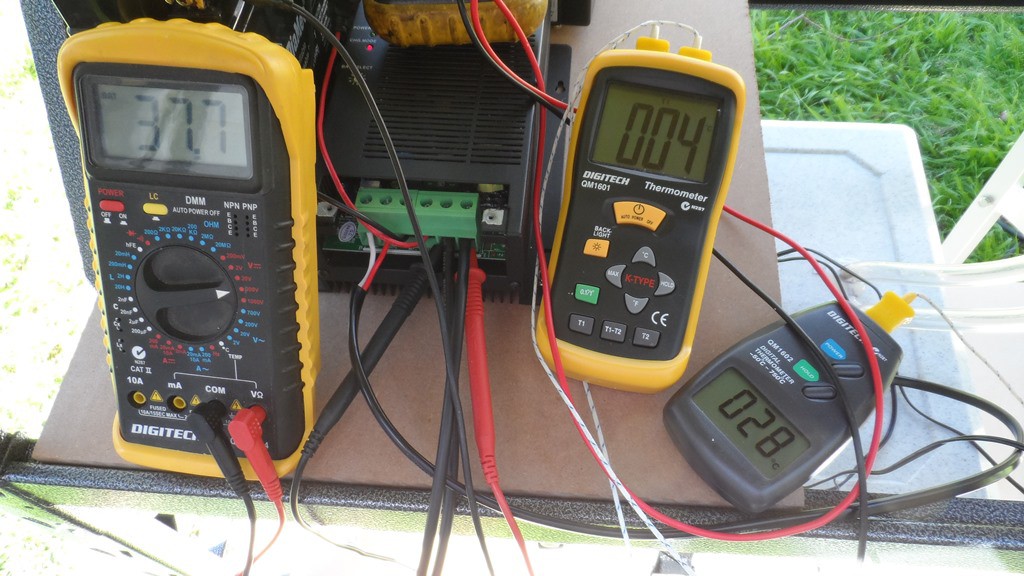
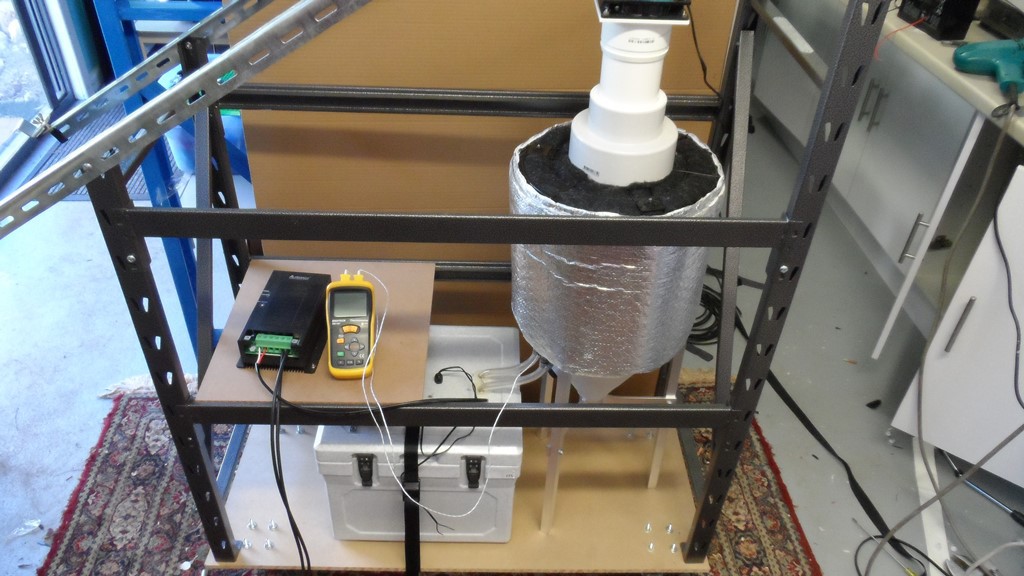
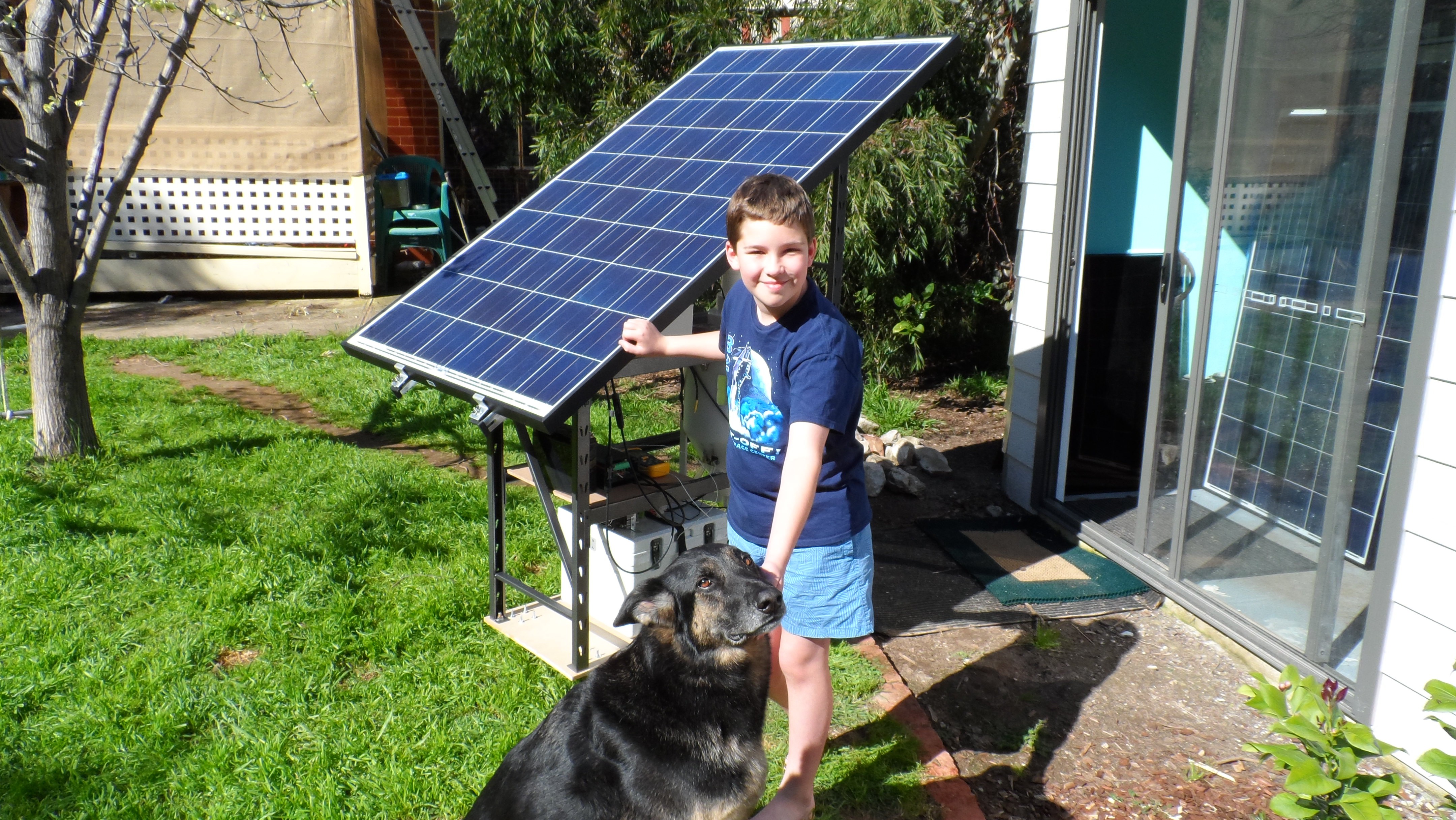

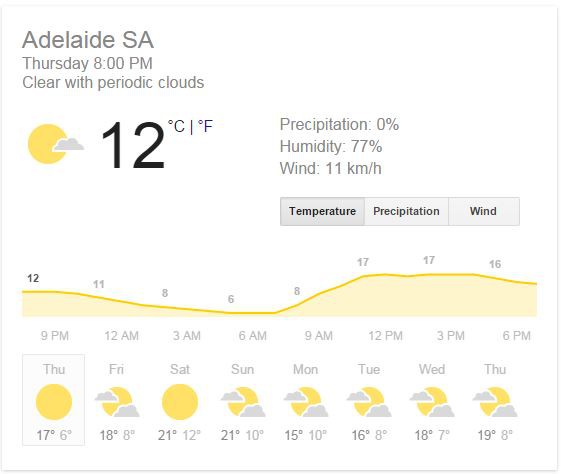
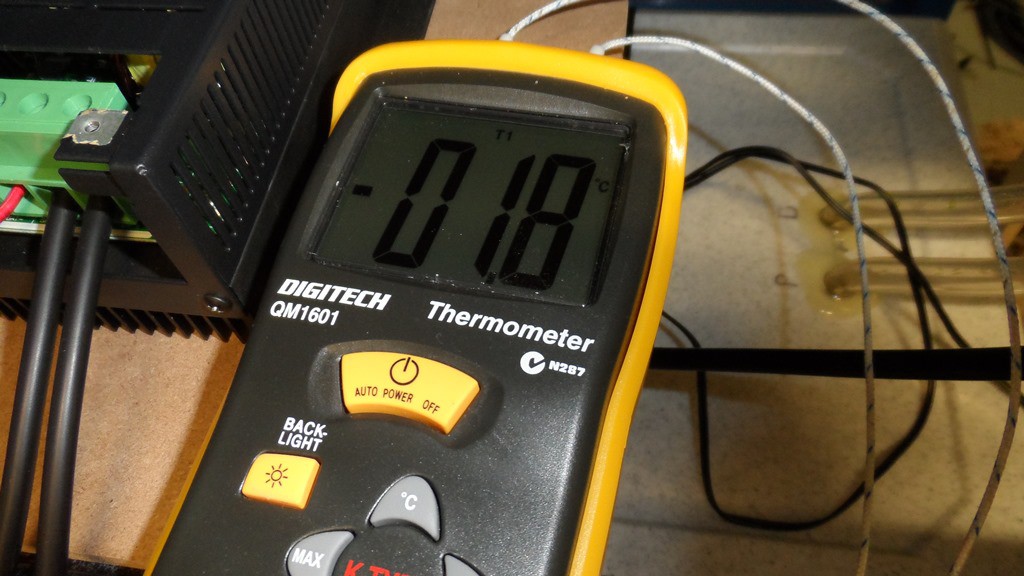
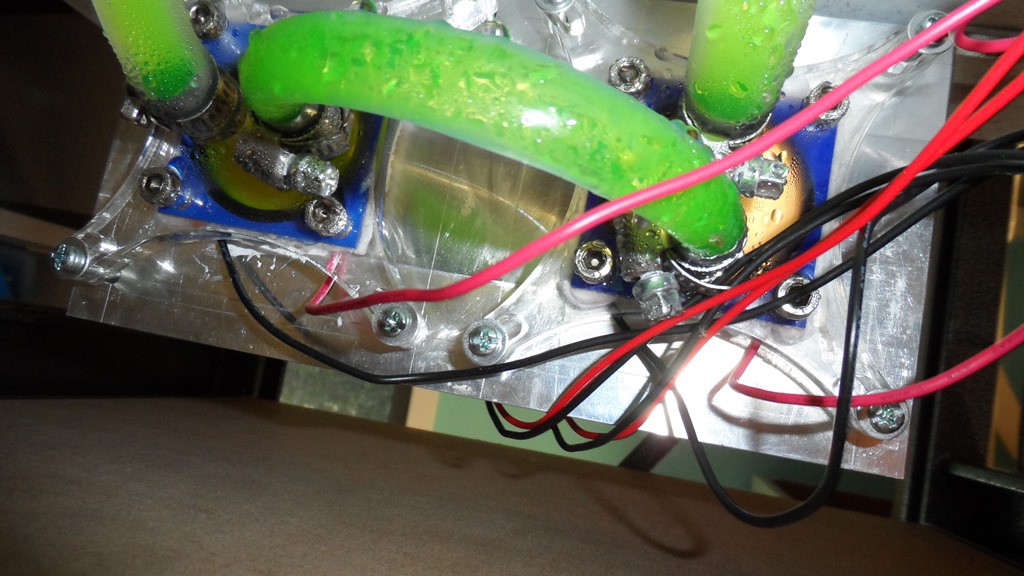
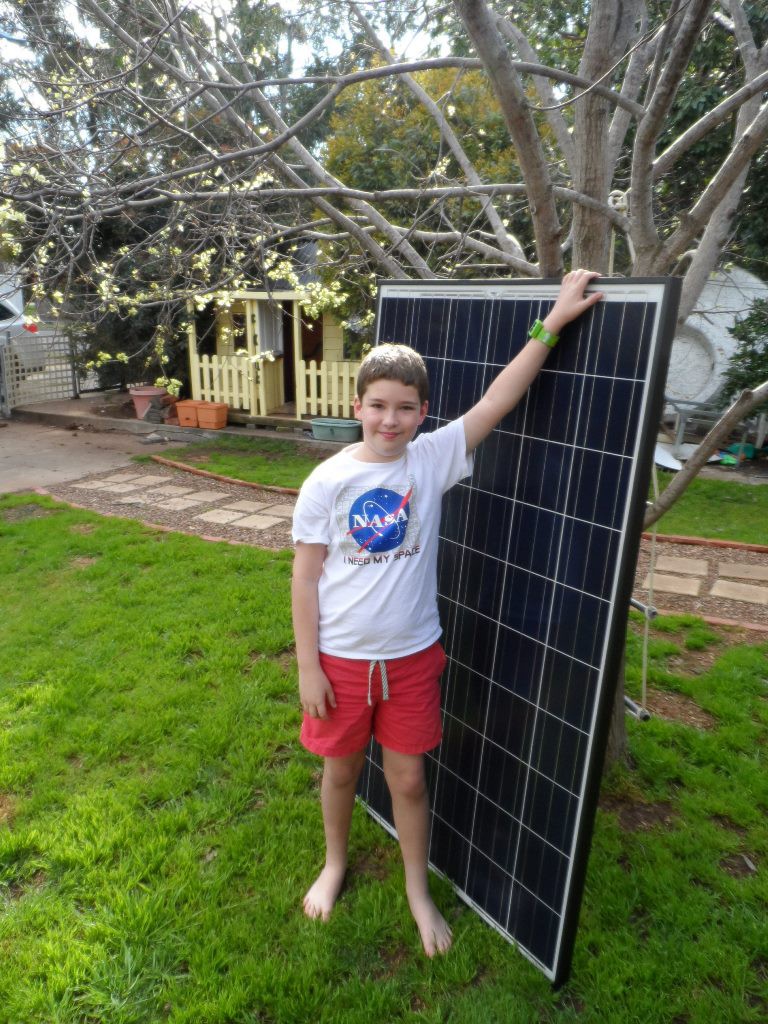 Here is the frame that this will be mounted on, including all the equipment.
Here is the frame that this will be mounted on, including all the equipment.